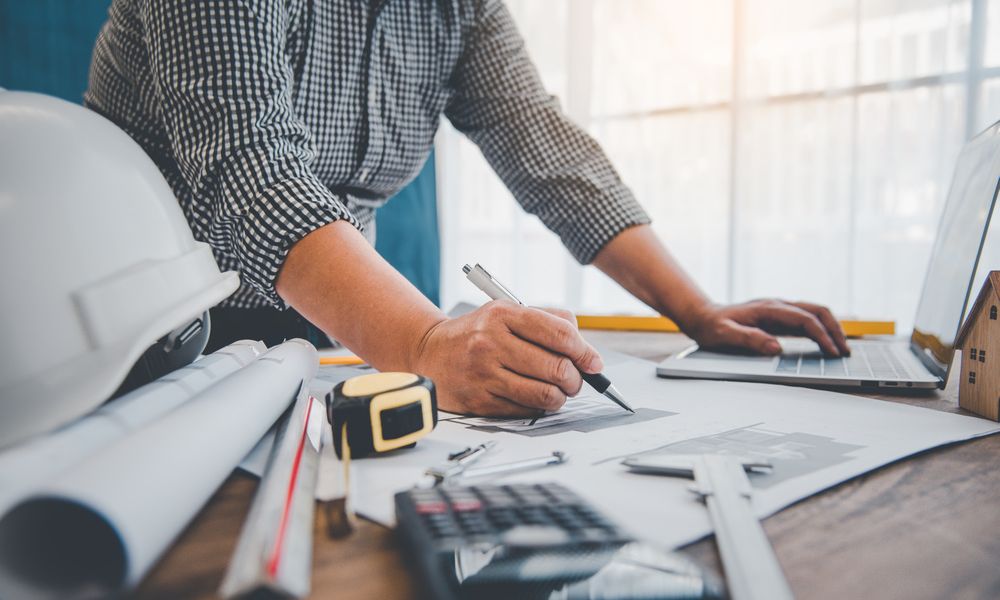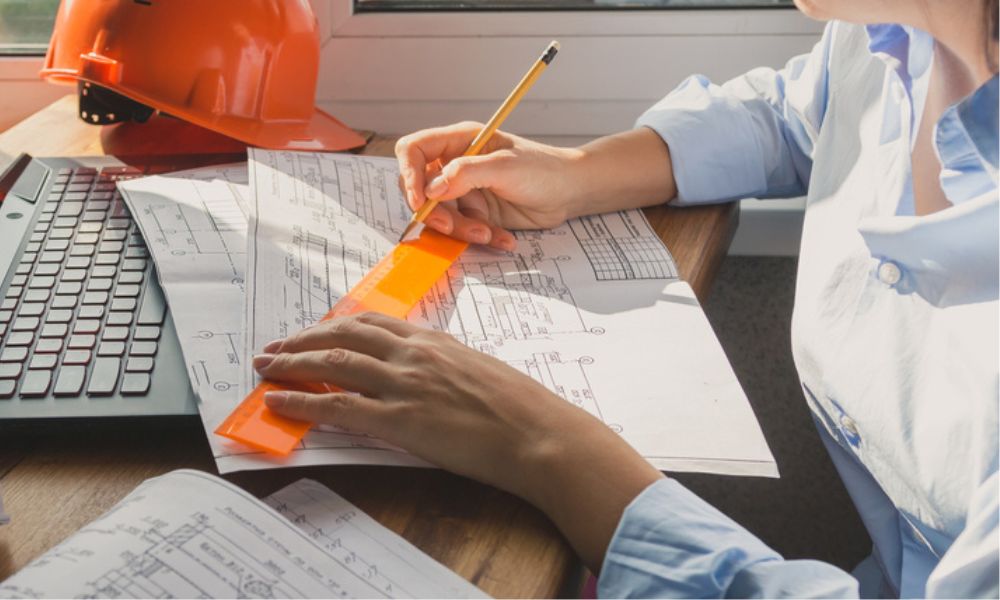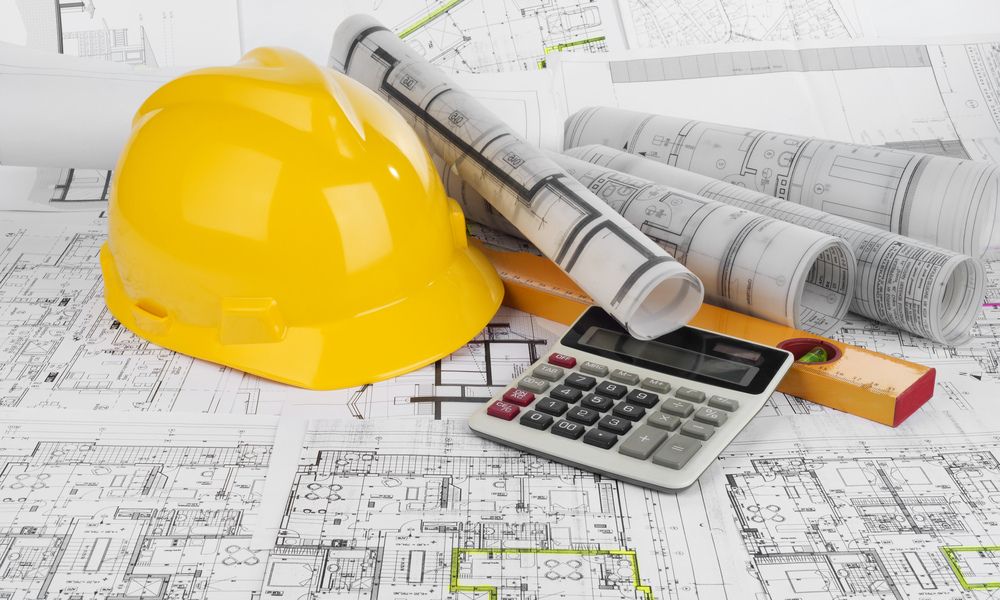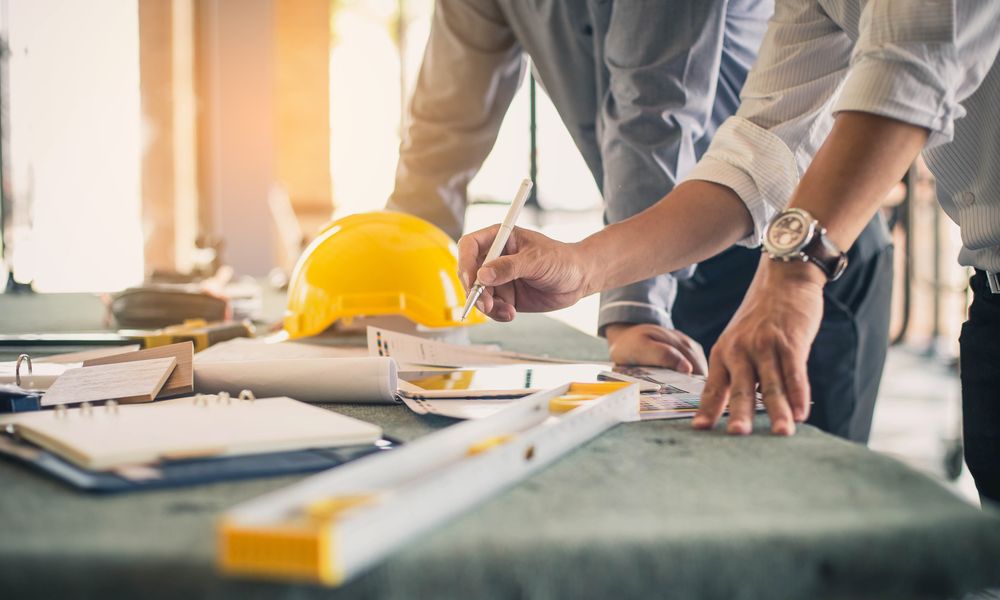In the fast-paced world of construction and quantity surveying, accuracy is paramount. Accurate measurements ensure that projects stay within budget, timelines are met, and quality is maintained. As technology advances, digital tools are becoming increasingly essential for achieving precision in measurements.
This blog will explore how to perform accurate measurements using various digital tools, the benefits of these tools, and best practices for their effective use.
The Importance of Accurate Measurements
Accurate measurements are crucial for several reasons:
Cost Efficiency:
Inaccurate measurements can lead to costly errors in material orders, labor calculations, and overall project budgets. Precise measurements help to mitigate these risks.
Time Management:
Time is a critical factor in construction projects. Accurate measurements reduce the likelihood of rework caused by errors, helping projects stay on schedule.
Quality Assurance:
Quality in construction depends heavily on precision. Accurate measurements ensure that structures are built according to specifications, resulting in safer and higher-quality outcomes.
Client Satisfaction:
Delivering a project that meets the client’s expectations is vital. Accurate measurements contribute to a finished product that aligns with the client’s vision.
Overview of Digital Tools for Measurements
Digital tools have transformed the way measurements are taken in construction and quantity surveying. Here are some of the most commonly used digital tools:
- Laser Distance Measurers
- Digital Level
- 3D Scanners
- Drones
- Measurement Apps
- Building Information Modeling (BIM)
Laser Distance Measurers
Laser distance measurers are handheld devices that use laser technology to calculate distances quickly and accurately. They are ideal for both indoor and outdoor measurements.
Benefits:
- Speed: Measurements can be taken in seconds, reducing the time spent measuring.
- Accuracy: Laser devices provide precise measurements, often accurate to within a few millimeters.
- Versatility: Suitable for a variety of applications, from small rooms to large outdoor areas.
How to Use:
- Select the Measurement Mode: Choose from options like single distance, continuous measurement, or area calculations.
- Position the Device: Place the device at one point and aim it at the target.
- Initiate the Measurement: Press the button to activate the laser and capture the measurement.
- Record the Data: Save the measurements directly on the device or transfer them to your digital files.
Digital Level
Digital levels are electronic devices that measure the angle of a surface relative to the horizontal or vertical plane. They are essential for ensuring that structures are level and aligned correctly.
Benefits:
- Precision: Digital levels provide accurate readings, often more reliable than traditional spirit levels.
- Data Output: Many digital levels can store measurements and output them to spreadsheets or other software.
- Ease of Use: The digital display simplifies reading and interpreting measurements.
How to Use:
- Set Up the Device: Place the digital level on a flat surface.
- Turn on the Device: Activate the level and select the desired measurement mode.
- Take Measurements: Move the level across the surface and watch the display for readings.
- Document the Results: Save the data for further analysis or reporting.
3D Scanners
3D scanning technology captures the physical dimensions of objects and spaces by creating a 3D digital representation. This technology is particularly useful for complex structures.
Benefits:
- Comprehensive Data: 3D scanners provide detailed measurements, capturing intricate details that traditional methods might miss.
- Time-Saving: Scanning large areas can be done quickly, providing immediate data for analysis.
- Integration with Software: Scanned data can be imported into CAD or BIM software for further design work.
How to Use:
- Set Up the Scanner: Position the scanner at a location that provides a clear view of the area to be scanned.
- Calibrate the Device: Ensure that the scanner is calibrated correctly to capture accurate data.
- Initiate the Scan: Start the scanning process, allowing the device to capture the area.
- Process the Data: Transfer the scanned data to your computer and use appropriate software to analyze the measurements.
Drones
Drones equipped with cameras and measurement tools can be used for aerial surveys, providing valuable data on large sites that are difficult to measure from the ground.
Benefits:
- Wide Coverage: Drones can cover large areas in a short amount of time.
- Safety: They reduce the need for personnel to access hazardous areas.
- Data Collection: Drones can collect a variety of data, including topographical and volumetric information.
How to Use:
- Plan the Flight Path: Use software to plan the drone’s route over the area to be surveyed.
- Prepare the Drone: Ensure that the drone is equipped with the necessary measurement tools and cameras.
- Conduct the Flight: Launch the drone and monitor its flight, ensuring it captures the necessary data.
- Analyze the Data: Download the collected data and analyze it using appropriate software.

Measurement Apps
Measurement apps on smartphones and tablets utilize the device’s camera and sensors to provide measurements. They are handy for quick checks and smaller projects.
Benefits:
- Accessibility: Most people carry smartphones, making measurement apps readily available.
- Convenience: Easy to use for quick measurements without the need for additional equipment.
- Integration: Many apps allow for easy sharing and exporting of measurements.
How to Use:
- Download and Install: Choose a reputable measurement app and install it on your device.
- Calibrate the App: Follow the app’s instructions to calibrate it for accurate measurements.
- Take Measurements: Point your camera at the object or area and follow the prompts to capture measurements.
- Save and Share: Save the measurements or share them directly from the app.
Building Information Modeling (BIM)
BIM software allows for the creation of digital representations of physical and functional characteristics of a facility. This technology is vital for accurate measurements throughout the lifecycle of a building.
Benefits:
- Comprehensive Data Management: BIM integrates various data types, providing a complete view of the project.
- Collaboration: It enhances collaboration among different stakeholders, allowing for shared access to measurements and designs.
- Lifecycle Tracking: BIM tracks measurements and changes throughout the project’s lifecycle, ensuring that all data is up-to-date.
How to Use:
- Create a BIM Model: Use BIM software to develop a digital model of the project.
- Input Measurements: Enter accurate measurements into the model as they are obtained.
- Collaborate: Share the model with other team members for their input and adjustments.
- Update Regularly: Continuously update the model as changes occur during the project.
Best Practices for Accurate Measurements
To ensure the highest level of accuracy when using digital tools for measurements, consider the following best practices:
- Calibration: Regularly calibrate your measurement devices to ensure they provide accurate readings.
- Training: Ensure that all team members are trained on how to use digital tools effectively.
- Double-Check Measurements: Always double-check measurements, especially when making critical decisions based on the data.
- Use the Right Tool for the Job: Select the most appropriate tool for each specific measurement task to maximize accuracy and efficiency.
- Document Everything: Keep detailed records of all measurements and related data for future reference and accountability.
Conclusion
In today’s construction landscape, accurate measurements are more critical than ever. Digital tools have revolutionized the way quantity surveyors and construction professionals perform measurements, making processes faster, more accurate, and efficient.
By utilizing tools such as laser distance measurers, digital levels, 3D scanners, drones, measurement apps, and BIM software, professionals can enhance their measuring capabilities significantly. Embracing these technologies, along with best practices for their use, will lead to improved project outcomes and client satisfaction.
Ready to elevate your skills in quantity surveying?
Enroll in our Quantity Surveying Course Online today! Gain the knowledge and expertise you need to excel in this dynamic industry. Don’t miss this opportunity.
Sign up now!




